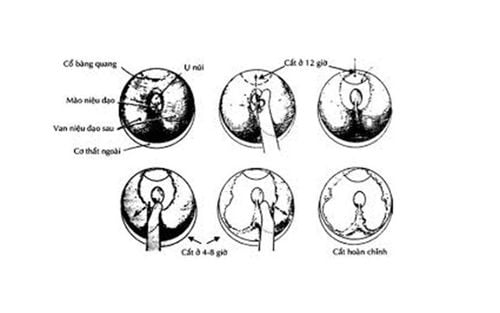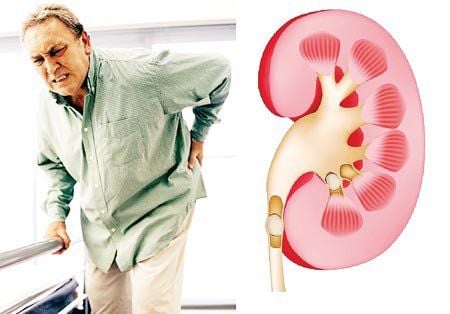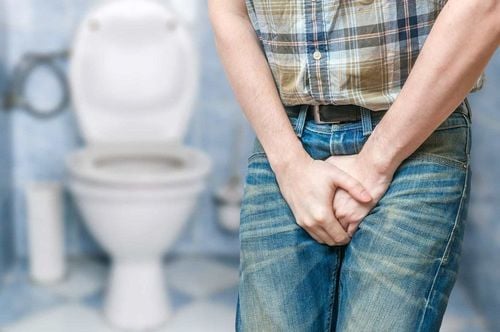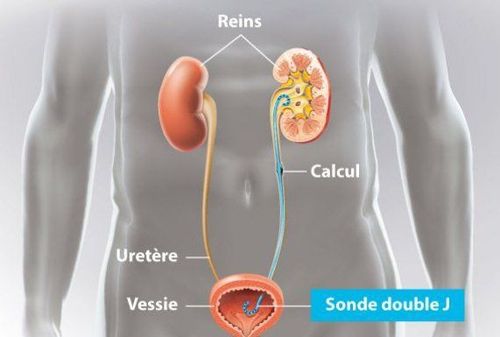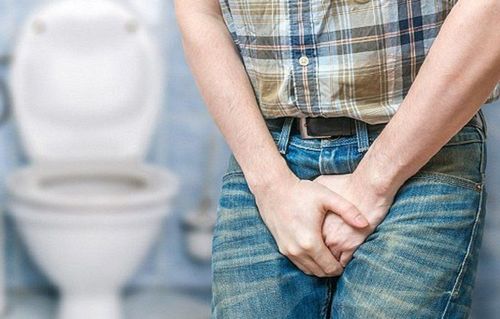This is an automatically translated article.
Article written by Dr. Doctor - Tran Thanh Hung - Urologist - General Surgery Department - Vinmec Ha Long International Hospital.
JJ sonde (Stent, pine) is a specialized consumable medical consumable or used in Urology, a good understanding of JJ sonde will help patients avoid inconveniences or unnecessary complications.
1. What is a JJ sonde?
Sonde JJ is a hollow tube made of flexible plastic or silicone, specially designed with two curved ends for insertion into the ureter with various sizes and shapes depending on the intended use and the patient's urinary tract condition. .
2. What is the effect of JJ sonde?
Sonde JJ when placed in the ureter will ensure the flow of urine can flow from the kidney down to the bladder even if the urinary duct is blocked due to any cause. This way, the kidneys continue to function and are not damaged by the blockage, and also avoid the pain of renal colic when urine flow is not well. Sonde also protects the ureter, helping the ureter to heal even after injury. If a stent is not placed when the ureter is injured for some reason, the ureter may become narrow by the time the wound heals. At this time, the catheter is placed to prevent ureteral stenosis, helping the ureter to recover its normal function later.
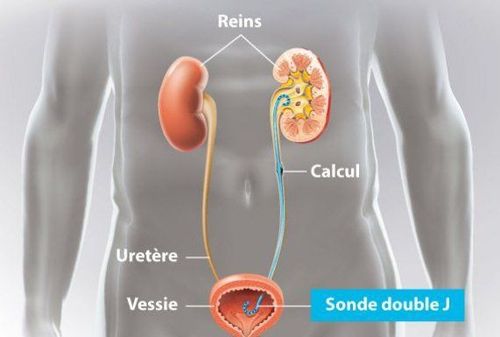
In some cases, insert a JJ tube to widen the narrow ureter after some time. This is important when instruments need to be inserted through a narrow ureteral lumen or when stones are removed. Insertion of a catheter makes future access to the ureter easier.
3. When to order JJ sonde?
Sonde JJ is indicated for placing into the ureter when there is an obstruction or risk of obstructing the flow of urine from the kidney to the bladder through the ureter. Ureteral stone. Postoperative Upper Urinary Tract Surgery: After surgery, a catheter is often placed to minimize ureteral edema and prevent obstruction or pain. It is also common to place a catheter after lithotripsy of the kidney or ureter to help the stones pass more easily. With stricture: Narrowing can be caused by scarring and narrowing and obstruction of the lumen of the ureter. Tumors in the abdomen or urinary tract: Stents help drain the kidneys during medical therapy to reduce swelling that has previously caused obstruction.
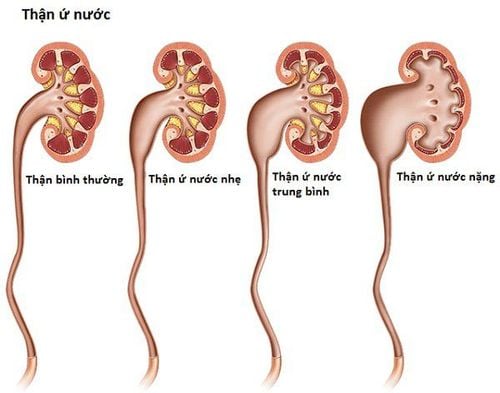
When there is damage to the ureter: If there is a very small tear in the ureter, the JJ sonde can help heal the wound around it, although in some cases it still requires open surgery to repair. An important thing is that when to put JJ sonde, what type of sonde is placed, it must be decided by the treating doctor and surgeon on each specific case.
4. How long does the sonde stay in the body?
This completely depends on:
Purpose of inserting the catheter: The doctor can make an appointment for the patient to come and remove the catheter after 2 weeks, 4 weeks, 3 months, 6 months, especially in some cases it lasts up to 15 - 18 months. months in cancer, if it takes longer, the catheter must be changed. The material of the sonde: the sonde has a flexible plastic composition with short-term orders from 2 weeks to 4 weeks, when it is covered with Silicon, it can be up to 3 months. With the Silicon sonde, it takes longer. Patients need to have a follow-up appointment on time for the doctor to examine and remove the JJ sonde.
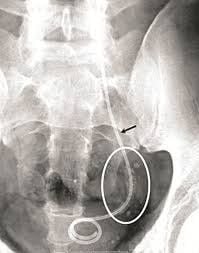
5. The inconvenience when placing the JJ . sonde
It is not possible to predict the side effects of JJ placement that will occur in each patient. Some people have no symptoms. Others have some problems as described below. These side effects may persist for only the first few days or weeks after the catheter is inserted. Some other patients reported that these symptoms persisted for as long as the sonde was in their system.
Sonde JJ can cause hematuria at different times. Normally, physical activity causes the catheter to move against the wall of the ureter and the urine can be bloody. Patients feel pain in the hips, back, bladder, groin, penis in men or urethra in women, sometimes pain spreading down the testicles. Pain and discomfort may be evident with increased pressure in the bladder such as after physical activity or while urinating. Sonde can irritate the bladder and cause patients to have to urinate more often, possibly having to wake up at night to urinate. These symptoms will improve after taking the drug. Sonde rarely causes urinary incontinence in women. The JJ Sonde is removed using a cystoscope after local or general anesthesia. A special endoscope is inserted into the bladder through the urethra. The doctor will evaluate and use the pince to pick up and remove.
Please dial HOTLINE for more information or register for an appointment HERE. Download MyVinmec app to make appointments faster and to manage your bookings easily.
SEE MORE
Ureteral stenting (Double-J) under enhanced X-ray, treatment of ureteral stenosis Is it okay to place a JJ Sonde in the ureter? Endoscopic treatment of recurrent ureteral stricture





